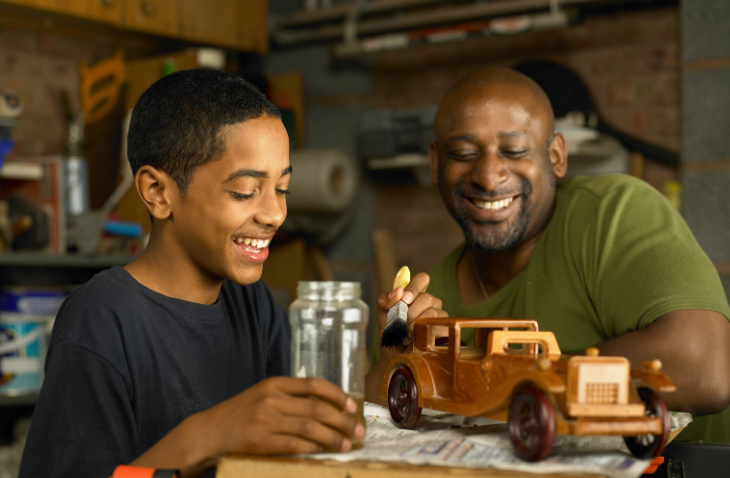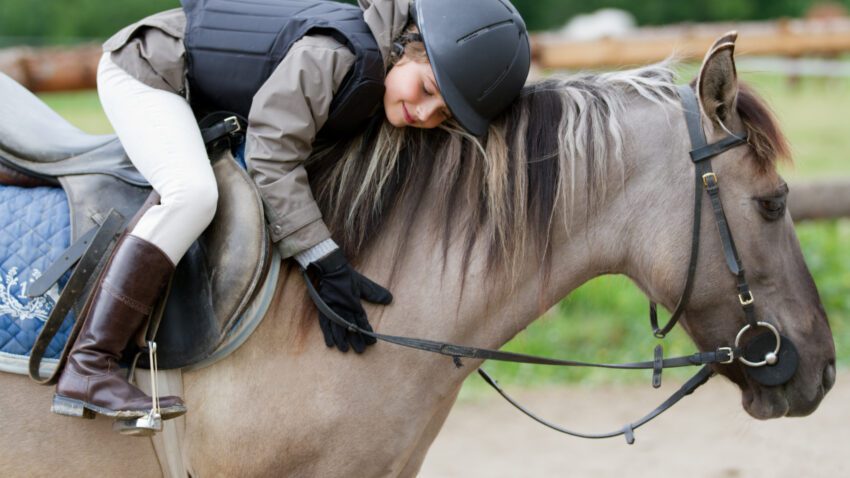Cheerleading is no longer all about megaphones and can-can kicks on the sideline of a football field! These days, cheerleading is a sport requiring athleticism, endurance and teamwork. While traditional pom pom cheerleading still exists, there are now other choices for parents and children to choose from.
School Cheer
The primary purpose of a school cheerleading squad is to promote and support the school’s athletic teams. They work to keep the team’s fans riled up at games and meets. School cheerleaders ordinarily perform traditional cheers, chants, dances and pom routines. In addition, they must be skilled in tumbling, jumps, stunts and voice projection.
While a large percentage of school squads compete against others, their own competitions are generally secondary to rallying for their school events. Occasionally, schools may have two squads – a competition-only team and a traditional squad that is committed to performing at athletic events. Regardless of the type of squad, when schools compete at a cheer competition, they compete against other school squads rather than other types of teams.
School cheerleading tryouts are typically held over a series of a few days in early spring. Generally, a set number of cheerleaders are chosen from the hopefuls who try out, and even the current team members must try out to secure a spot on next year’s squad. Factors other than athleticism and skillset, such as grades and reputation, may come into play as these students are seen as ambassadors of the school. Tryouts may involve an individual performance in front of judges (some coaches require all the athletes to perform the same routine to allow for more consistent judging) or an individual performance combined with a group assessment in which cheerleaders perform a routine and/or stunts.
Allstar Cheer
Allstar cheerleading is perhaps the most rigorous and demanding type of cheer. Since Allstar cheering is purely competitive, as opposed to supporting another athletic team, it can place more physical and athletic demands on a cheerleader. Allstar also typically requires more time and money than the other types of cheer. Allstar teams are affiliated with gyms that may be solely dedicated to cheer or teams may be formed at gymnastics gyms.
Allstar teams are dedicated to performing a 2 minute 30 seconds routine in front of a panel of judges. The routine must include dance, cheer, tumbling (cartwheels, roundoffs, and more advanced) and stunting components, all intricately choreographed to the team’s own music mix. As opposed to traditional cheerleading, the vocal cheer portion of the routine (typically less than 30 seconds) is very short and voice projection isn’t a large part of the score. Judging has a high focus on stunt/pyramid formation and stability and level of tumbling ability.
Most gyms will allow any child to enroll given that his or her parents are willing to meet the financial and time commitment requirements. The majority allow children to enroll at age three or four, with a few beginning at age two. The team(s) onto which an athlete is placed depends largely on his or her tumbling abilities, so most gyms evaluate children individually and sometimes in a group setting.
Each defined level of allstar cheer requires at least a majority of team members to perform particular skills during a routine. Since teams are judged on technical ability as well as perfection and coordination, it is to a team’s advantage that all cheerleaders can perform the skills and perform them well. It is not uncommon for athletes to take additional classes in tumbling, stunting and flexibility in order to stay conditioned to perform at their team’s level.
Prep Cheer
Prep cheer is a type cheerleading that offers an alternative to traditional allstar cheer. It is fairly new, having been established in the last few years, but most allstar programs offer it as an entry level option. Prep is definitely a lower commitment form of allstar cheer that requires less in terms of money, time and travel. Most prep programs have a shorter competition season, which sometimes means that athletes can join mid-year.
Prep competition routines can be as intricate as those of their allstar counterparts. Athletes are required to perform for two minutes and prep rules only allow for limited, less advanced, stunting. However, just because prep is a newer level of allstar cheerleading doesn’t mean it’s easy! Routines still must include choreographed dancing, cheering, tumbling and stunting and are usually judged to the same standards as the allstar routines. On the other hand, there are only three difficulty levels of prep cheer while traditional allstar has six levels.
Recreational Cheer
Much like school cheerleaders are associated with a certain school, recreational (or “rec”) cheerleaders are associated with a community recreation league. Some organizations with established rec teams may include churches, youth sports leagues and YMCAs. Additionally, national organizations such as Pop Warner and Upward Sports offer programs for young cheerleaders.
In addition to cheering for league games, rec cheerleading squads may also compete. Again, these teams compete only against other recreational cheerleaders rather than against school or allstar teams. However, if a rec team does not cheer for a league sport, it may be required to enter some competitions as an allstar team which may have more rigorous judging requirements.
Like allstar cheer gyms, rec leagues usually do not hold traditional tryouts meaning that everyone who wants to cheer is given a spot on a team; some do not hold tryouts at all. However, tryouts may be used to determine a child’s team or skill level placement (referred to as “division”). Rec cheer is a great way to get started in cheerleading since youngsters are taught the fundamentals that are used in higher levels of cheer (school and allstar). A bonus of recreational cheerleading is that costs and time commitments are typically much lower than in other types of cheer.
If you are looking for a way to burn off your child’s energy while building coordination and athleticism, look no further than cheerleading. Hopefully this overview will help you find a starting point and determine your family’s best fit in the cheerleading world.
<< Find cheer classes on ActivityHero

















